Introduction to H2O.ai and OpenAI ChatGPT

H2O.ai’s Machine Learning Prowess
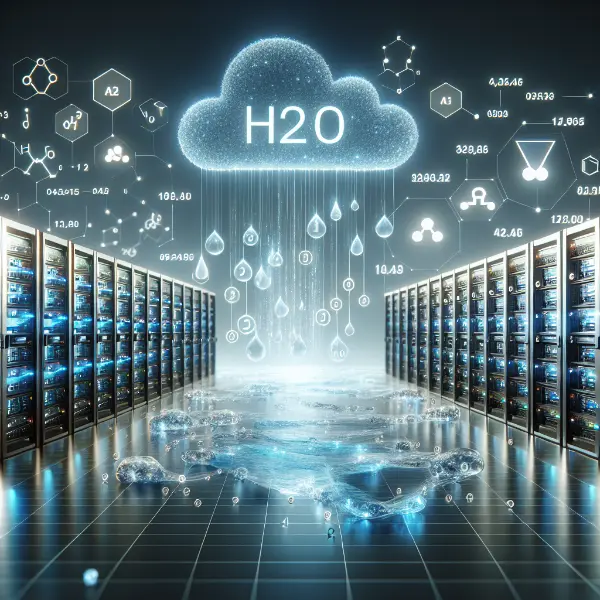
OpenAI ChatGPT: Revolutionizing Conversational AI
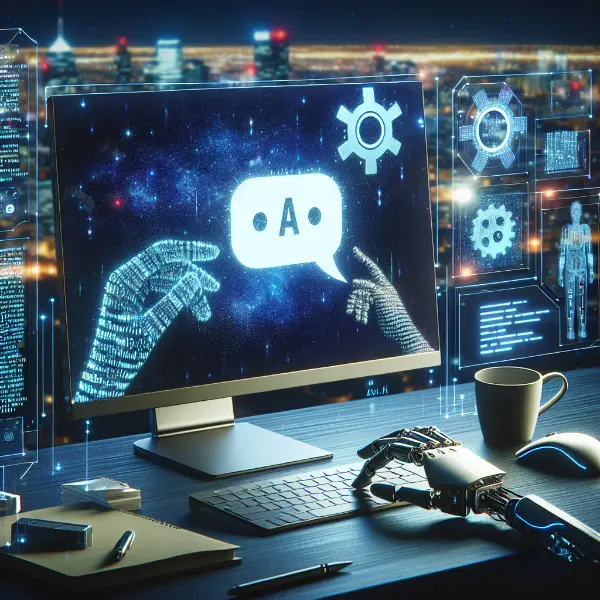
The genesis of ChatGPT’s prowess lies in its extensive training on a diverse range of internet text. This training empowers ChatGPT to grasp the intricacies of human language, enabling it to mimic human-like conversations with an astonishing degree of fluency and logical coherence. OpenAI’s commitment to refining the capabilities of ChatGPT is evident in its iterative updates, each enhancing the model’s understanding, response generation, and ethical considerations to mitigate biases and inappropriate responses.
Moreover, OpenAI’s approach to accessibility and ethical AI usage through ChatGPT has sparked widespread adoption and discourse on the responsible integration of AI into daily digital interactions. By making ChatGPT accessible via API and through research collaborations, OpenAI not only promotes innovation in AI but also facilitates a broader comprehension of AI’s potential and limitations among the public and professionals alike.
The overarching impact of ChatGPT extends beyond mere text generation; it’s redefining the possibilities of human-AI collaboration, offering a glimpse into a future where AI assists, enhances, and empowers human capabilities in more personal and meaningful ways. The attention garnered by ChatGPT across various sectors highlights the growing appetite for advanced conversational AI and positions OpenAI as a central figure in charting the course for future AI innovations.
Typical topics we cover during consultation:
- How can I use AI to automate my company’s business processes?
- Which functionalities of my application should I enhance with AI?
- Rapid verification of the application code quality
- Why are there so many errors in my application?
- Am I ready for MVP development?
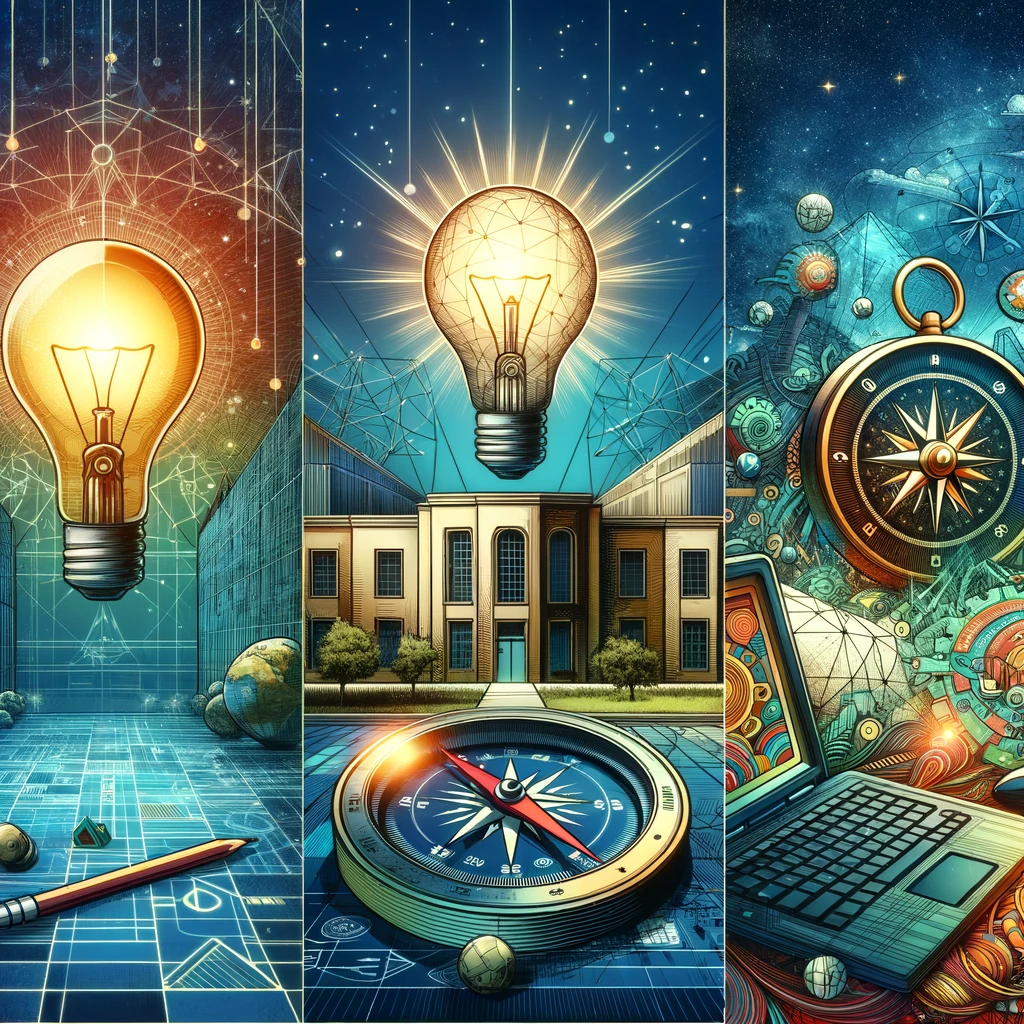
Technical Comparison: Algorithms and Models
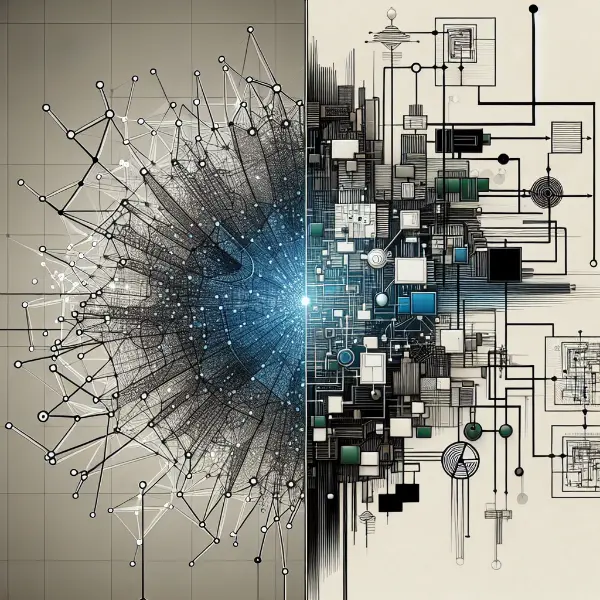
Contrastingly, OpenAI’s ChatGPT leverages the transformative power of deep learning through the Generative Pre-trained Transformer (GPT) architecture, a type of neural network designed to understand and generate human-like text based on the input it receives. ChatGPT’s architecture enables it to predict the next word in a sentence by considering the context provided by all the previous words, thus generating coherent and contextually relevant text. The latest iterations of GPT, including the one underpinning ChatGPT, have been trained on a colossal dataset comprising a wide swath of the internet, which endows ChatGPT with its robust understanding of language nuances and diverse topics.
The juxtaposition of H2O.ai’s machine learning algorithms with OpenAI’s state-of-the-art transformer models highlights a broader dichotomy within the AI sphere between structured data analysis and unstructured natural language processing (NLP). While H2O.ai focuses on extracting insights and predictions from structured data through a variety of ML models, OpenAI’s ChatGPT specializes in understanding and generating human language, a hallmark of advanced NLP technology.
This technical delineation not only underscores the specialized domains in which H2O.ai and OpenAI excel but also illuminates the vast potential for synergy and integration between structured data analysis and conversational AI. As companies seek to leverage AI across different facets of their operations, understanding the technological underpinnings and complementarities of platforms like H2O.ai and ChatGPT becomes instrumental in devising integrated AI strategies that harness the full spectrum of artificial intelligence capabilities.
User Experience and Accessibility

In parallel, OpenAI’s ChatGPT amazes with a different dimension of user accessibility and experience, facilitated by its conversational AI interface. The brilliance of ChatGPT lies not just in its ability to understand and generate text but in how it engages users through simple, fluid conversational interfaces. Whether accessed directly through OpenAI’s platforms or integrated into other services via API, ChatGPT allows users to interact with advanced AI as if they were conversing with a human, making complex inquiries or commands seem effortless. This has vast implications for customer service, education, and any domain requiring natural language processing, where the ease of interaction significantly enhances user satisfaction and engagement.
Both H2O.ai and OpenAI have made commendable strides in lowering the threshold for engaging with AI technologies, albeit in diverging paths tailored to their respective specialties. The emphasis on user experience and accessibility demonstrates an acute awareness of the importance of bridging the gap between advanced AI capabilities and the practical usability of these technologies. By abstracting the complexity of their technological foundations through user-friendly interfaces and interactions, H2O.ai and OpenAI not only democratize access to AI but also empower a wider audience to explore and benefit from the potentials of AI innovation. This conscious design philosophy ensures that the transformative power of AI extends beyond technical circles, embedding itself into diverse sectors and ultimately fostering a more inclusive future of technology.
Download your whitepaper
- Learn why software development and JTBD theory are important for your business’ product success
- Discover how to make sure your product will have a good impact on the market
- Discover how to make sure your product will make your users happy when getting the job done

Case Studies: Real-world Applications and Impacts

Conversely, OpenAI’s ChatGPT has revolutionized customer service and educational platforms. Shopify, a leading e-commerce platform, incorporated ChatGPT into its customer service operations to provide instant, intelligent responses to customer inquiries. This integration has not only improved response times but has also elevated the overall customer service experience, showcasing the practical benefits of conversational AI in maintaining customer satisfaction. In the educational realm, Duolingo, a popular language-learning app, utilized ChatGPT to enhance its tutoring features. ChatGPT was employed to simulate conversation practice in various languages, enabling users to practice and improve their language skills through interactive dialogues with the AI, a testament to the model’s versatility and understanding of natural language.
These case studies illuminate the tangible benefits derived from the deployment of H2O.ai and OpenAI’s technologies, underscoring their potential to revolutionize industries by enhancing efficiency, improving outcomes, and providing unprecedented levels of user engagement. Both platforms have demonstrated their ability to address complex challenges, from reducing operational inefficiencies and financial risks in business contexts to enriching educational experiences and health outcomes. The breadth of these applications vividly illustrates the transformative impact of AI technologies when thoughtfully applied, further cementing the roles of H2O.ai and OpenAI as pioneers in driving forward the frontiers of artificial intelligence to solve real-world problems.
Community and Developer Support

On the flip side, OpenAI’s approach to community and developer support, particularly with ChatGPT, emphasizes its commitment to ethical AI development and broad accessibility. By making ChatGPT available through an API, OpenAI has empowered developers globally to integrate advanced conversational AI into their applications, thereby democratizing access to state-of-the-art NLP technology. The comprehensive documentation, tutorials, and support forums provided by OpenAI ensure that developers have the resources needed to implement and optimize ChatGPT effectively. Furthermore, OpenAI engages with the wider AI research community through publishing research papers, actively participating in academic conferences, and releasing datasets and model weights for academic use. This open collaboration nurtures a culture of transparency and shared learning, crucial for addressing the complexities and ethical considerations of AI development.
The investment of H2O.ai and OpenAI in building supportive and engaging communities reflects the understanding that the path to AI innovation is a collaborative endeavor. By providing platforms for learning, sharing, and collaboration, both organizations not only enhance the capabilities and applications of their technologies but also contribute to the advancement of the AI field as a whole. The emphasis on community engagement and developer support illustrates a commitment to not only advancing their own technologies but also empowering users and developers to push the boundaries of what’s possible with AI, fostering a more inclusive and innovative future for the industry.
Future Directions and Potential
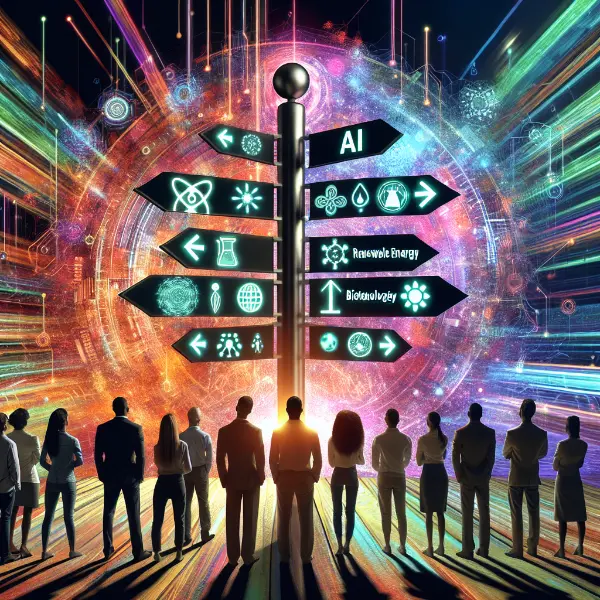
Conversely, OpenAI’s ChatGPT, standing at the forefront of conversational AI, is on a trajectory towards becoming more contextually aware, empathetic, and nuanced in its interactions. The future iterations of ChatGPT are expected to exhibit enhanced understanding of user intent, emotional states, and complex inquiries, enabling more meaningful and human-like exchanges. Furthermore, as OpenAI continues to address ethical concerns and biases within AI, future versions of ChatGPT are anticipated to offer safer, more responsible interactions. The integration of ChatGPT into a broader array of applications, from virtual assistants and educational tools to mental health support systems, speaks to the expansive potential of conversational AI in enriching human experiences and capabilities.
In the broader context, the advancements of H2O.ai and OpenAI are set to converge with emerging trends such as edge AI, AI for sustainability, and AI interpretability, further broadening the impact of these technologies. The integration of AI into IoT devices and the push towards greener, more sustainable AI models are areas where both H2O.ai and ChatGPT could play pivotal roles. As these platforms continue to evolve, their contribution to the AI ecosystem will not only shape the technological capabilities of AI but also influence the ethical standards, societal acceptance, and regulatory frameworks around artificial intelligence. The anticipation around their future developments underscores the dynamic nature of the AI field and the critical role both H2O.ai and OpenAI will play in navigating the future of technology and society.
Challenges and Controversies

Moreover, the transparency and interpretability of AI decisions, particularly in applications affecting human lives, remain a critical challenge. As AI models grow in complexity, understanding the “why” behind their predictions and decisions becomes exponentially difficult, raising questions about accountability in AI-driven outcomes. This is especially pertinent in high-stakes environments such as healthcare and criminal justice, where the implications of AI decisions can be profound.
Both H2O.ai and OpenAI have taken strides to address these ethical and societal challenges. OpenAI, for instance, has engaged in research focusing on AI safety and ethics, actively exploring mechanisms to ensure that AI technologies like ChatGPT contribute positively to society. H2O.ai, on its part, continues to champion transparency and interpretability in machine learning, providing tools that enable users to unmask the decision-making processes of AI models.
The road ahead for AI encompasses navigating these challenges while fostering innovation and ethical responsibility. The ongoing discussions and measures being undertaken by H2O.ai, OpenAI, and the broader AI community reflect a collective commitment to advancing AI technology in a manner that is equitable, transparent, and aligned with societal values. As the capabilities of AI platforms like H2O.ai and ChatGPT expand, so too does the responsibility to mitigate their potential adverse impacts, ensuring that the future of AI remains a beacon of progress and human empowerment.
Conclusion: The Best AI Solution for Your Needs
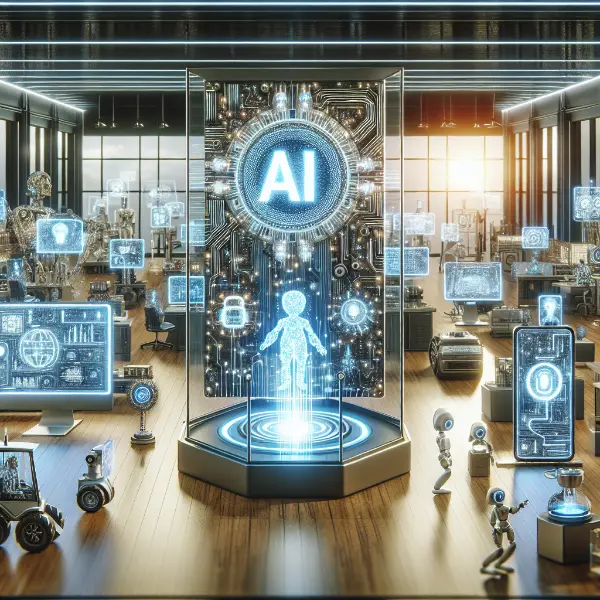
The significance of H2O.ai and ChatGPT transcends their technical accomplishments, extending into the realms of user accessibility, real-world impact, and community engagement, thus democratizing AI’s transformative power. Their respective approaches to fostering innovation, ensuring ethical AI development, and paving the future of AI technologies highlight a conscious endeavor to create AI that benefits humanity at large. Despite the challenges and controversies that shadow AI’s evolutionary path, the proactive measures undertaken by H2O.ai and OpenAI to mitigate ethical concerns and promote transparency exemplify a matured understanding of responsible AI development.
Looking ahead, the potential trajectories of H2O.ai and ChatGPT encapsulate both the promise and the complexities of scaling AI technologies. Their continued evolution will undoubtedly play a central role in shaping the technological landscape, driving forward the frontiers of artificial intelligence in ways that enhance, augment, and elevate human capabilities. As we stand on the brink of a new era of AI innovation, the collective efforts of H2O.ai, OpenAI, and the broader AI community are poised to steer this technological marvel towards a future where AI’s full potential can be realized responsibly and inclusively, benefiting all of humanity. Through this deep dive into H2O.ai and OpenAI’s ChatGPT, it becomes evident that the journey of AI is not just about technological breakthroughs but also about forging a path that is ethical, equitable, and profoundly human-centric.